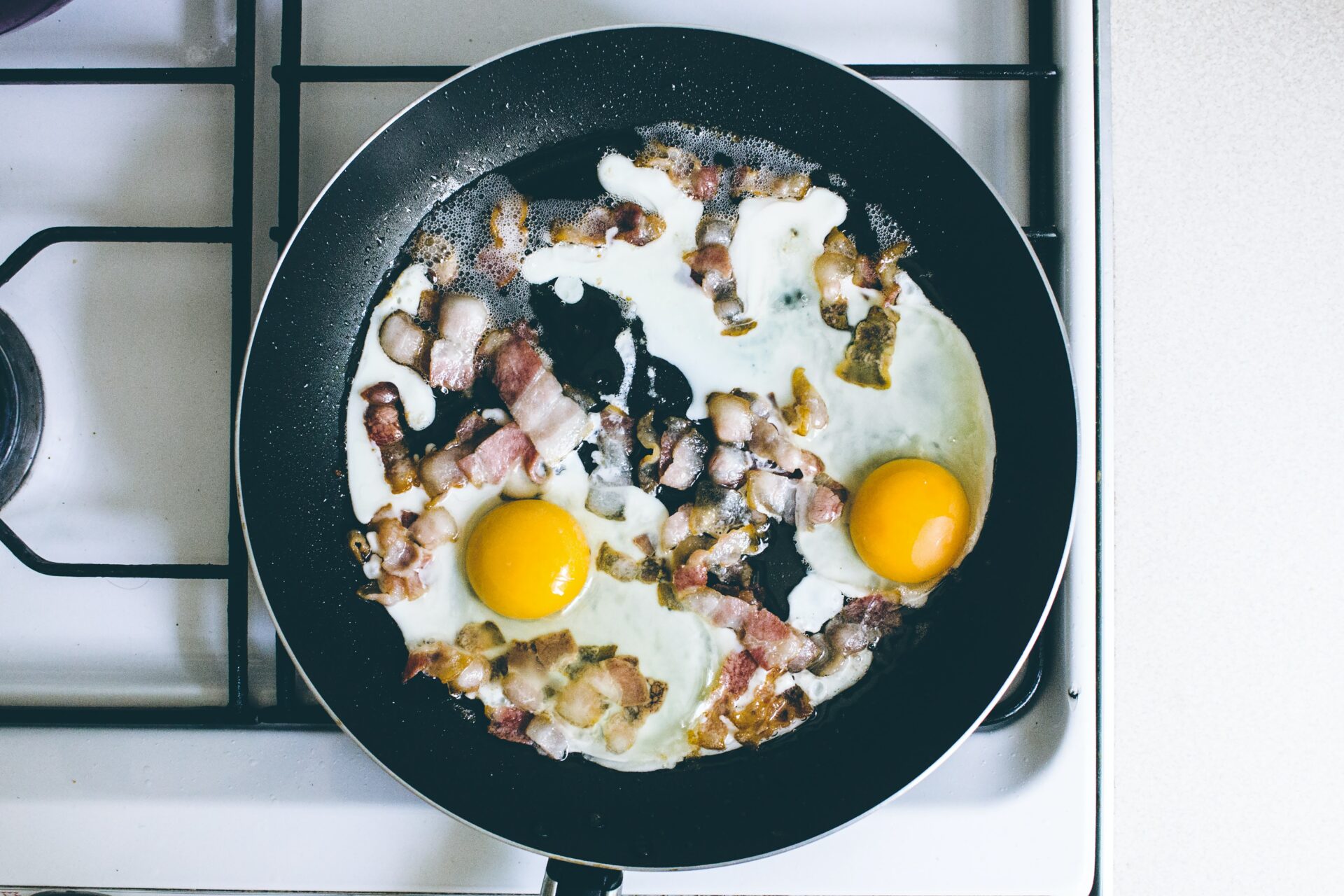Proper Amounts of Fat
When it comes to fats in your diet, you might be asking yourself… How much is too much? How do I use them? It can be confusing with all the talk around, Low Carb or more carbs, Low Fat, or, Keto, etc. Yet remember, everyone is different, and the amounts depend on what feels best for YOU!
The people we find who do well with higher fat (80-150g), lower carb (50-100g) are those that:
- Have GI issues they can’t figure out
- Have a lot of light movement throughout the day
- Have an autoimmune disease
- Are a shift worker
- Have trouble with cravings
- Have diabetes or pre-diabetes
We find those who do better with higher carb (125-200g) and slightly lower fat (55-80g) are those that:
- Are very active daily – manual labor, workout at a high intensity 60+ minutes/day
- Have a great running GI and healthy bowel movements
- Have low inflammation
- Simply feel better with more carbs – with sleep, with satiety, with hormone balance
These ranges you see above with the grams of carbs and fats are the ones we recommend for most people. There will be some people who do well with a time period on Keto (less than 50g carbs), yet most people don’t need more than 200g carbs, and need more than 55g fat to be in a healthy state.
We find when you eat a whole foods diet, while prioritizing protein and whole foods, that leads to a naturally lower carb and higher fat diet. For example, when you eat a lot of eggs, avocado, steak, fish, and some nuts and seeds, you will be getting more fat, and that’s OK! It’s the good kind of fat (refer back to the Types of Fats blog before this one). This just means we want to watch the total carb intake that goes along with it, so we don’t overdo the total calories.
To start, aim to have 20g of fat as a minimum at each meal. If you want to try higher fat, lower carb, have more, with the majority coming from a whole food source that also gets you enough protein – like meat, fish, eggs, etc. Then you can add in things like avocado, chia seeds, pumpkin seeds, some coconut milk or yogurt, on the side in smaller portions.
Keep in mind that fats have more calories than carbohydrates when you’re looking at volume. So it may feel like you’re filling up your plate a little less, yet it will likely still be as satiating. If you find yourself wanting to eat more, try more veggies, as those are low in calories and overall grams of carbs, yet can be really filling.
Timing: When should I Eat Fats?
Fats and carbs are our body’s main fuel source. So we can leverage these and use them to our advantage to give us energy, while also being mindful to not overeat them. Prioritizing protein helps with this naturally.
If you want to test out some specific times of the day where you have more or less fats, here are some things to think about. How well do you digest fat? If you have loose or mucousy stools, we need to check in on your overall digestive health to get you to digest fats better. Your body could also need time (few days or weeks) to adjust to eating more fat. Otherwise, we find many people do well with a higher fat and higher protein first meal, which means lower or no carbs. Meat and eggs, sausages and avocado, boosted coffee with MCT’s and collagen, etc. Some people feel good with eating the majority of their fats away from their workout. So if you workout in the afternoon, then you’d enjoy more fats in the morning, and then add in more carbs just before and/or after your workout.
Some people do well with more carbs at night to help with better sleep. So if you’re having trouble with sleep, this is something to experiment with. Have most of your starchy or sugary carbs at your last meal. This means you’ll want to be mindful in regards to fat intake at this meal, so prioritize your protein first, that way it will help fill you up and prevent overeating.
Metabolic Flexibility
We love including fats for all the reasons listed in the prior blog, and Metabolic Flexibility has to be one of our favorites!
In order to be metabolically flexible, your body has to be getting adequate fat through the diet, and be able to use fat for fuel easily. When it can do that, it allows you to go longer between meals (without snacking), give your GI a rest, have more sustained energy throughout the day, more mental clarity, and give your body the chance to dig into fat or glucose stores, instead of relying on incoming food all the time.
So if you want your body to utilize fats better, start by having that high fat, low or no carb first meal. Since coming off a fast from the night, your body will be either looking for any carbs to use, OR it will tap into using fat for fuel. Try it out, see how it feels! (Pro Tip: if you feel low energy when doing this, add in extra real salt or electrolytes to help keep your energy up).
If you’re worried about eating too much saturated fat, or having high cholesterol from all these fatty foods, check out our next blog, Part 3: Cholesterol Concerns.



